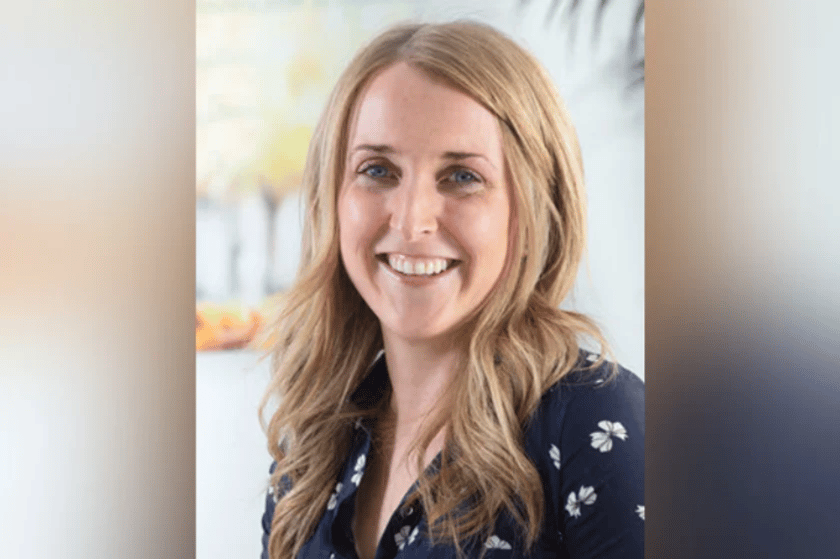
Appointee is a key figure in the UK reinsurance industry

Gallagher Re has today announced the appointment of Ian Kerton (pictured) to the role of CEO of the reinsurance broking giant’s UK operations.
In a Press release, Gallagher Re noted that Kerton has served as a partner in its UK business since 2021. Before joining, he was MD of the UK property & casualty team at Guy Carpenter and a director of the UK board. He has held multiple roles within the reinsurance sector over the last 30 years, including a decade spent as executive director at HSBC Insurance Brokers, where he headed up the treaty broking team and was responsible for its business in the UK & Asia.
In his new role, Kerton will report to Wakefield who will take up the position of global CEO of Gallagher Re with effect from June 01.
Commenting on the move, Wakefield said: “Ian is a truly accomplished broker and leader who is well-respected by clients and colleagues alike. Since joining Gallagher Re, he has shown an unwavering focus on client-advocacy, combined with strategic business acumen and strong people leadership. He is absolutely the best candidate for this important leadership role and the fact that we have been able to recruit from within is testament to the incredible senior talent we have within Gallagher Re.”
Kerton also commented on his appointment, highlighting that Gallagher Re has undergone “transformational change on a global scale” since he joined in 2021. He said he is delighted to have been selected to lead the UK team as the firm launches the next phase of its growth in the region.
“As a business, we have an unrivalled blend of expertise, talent, passion and ambition which has allowed us to create something truly special for clients and colleagues,” he said. “I look forward to working with the team to continue to cultivate that point of difference and build on the huge momentum we have within the UK business.”
What are your thoughts on this story? Feel free to share them in the comment box below.
Related Stories
Keep up with the latest news and events
Join our mailing list, it’s free!

This page requires JavaScript
















